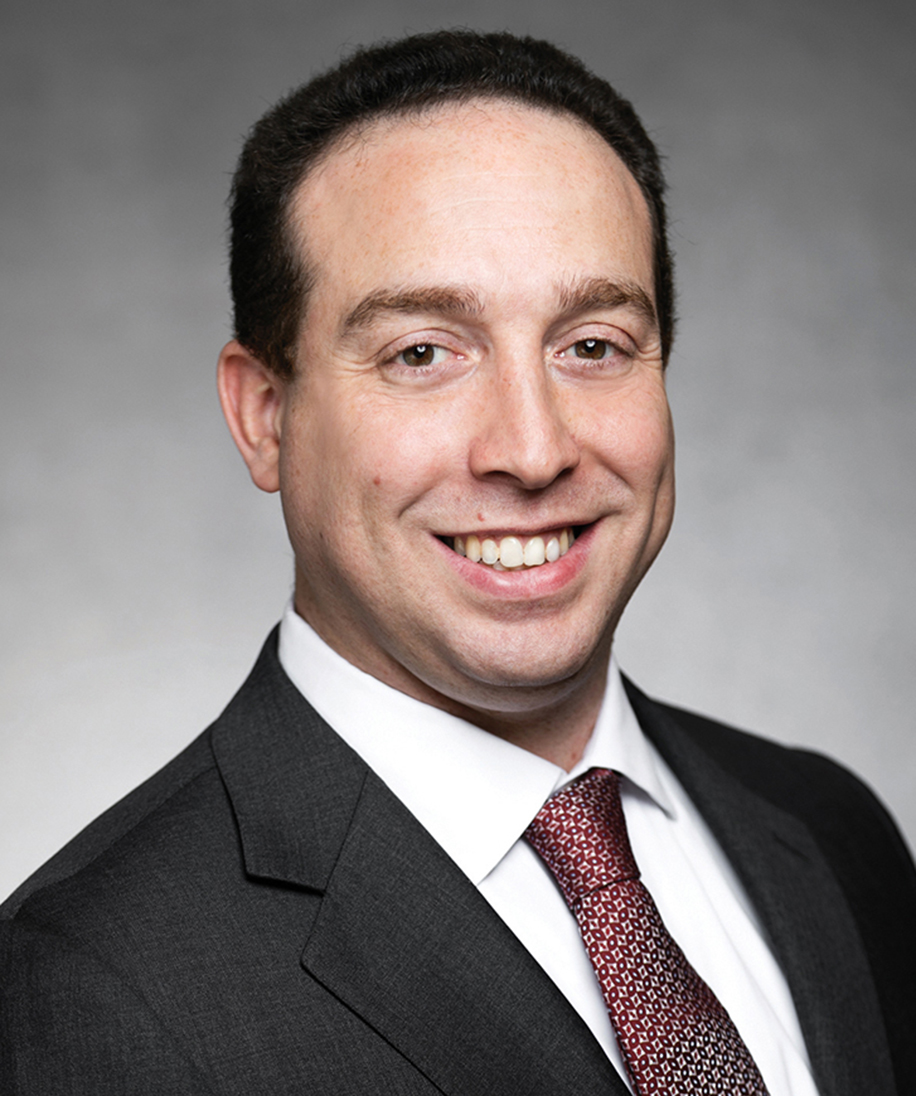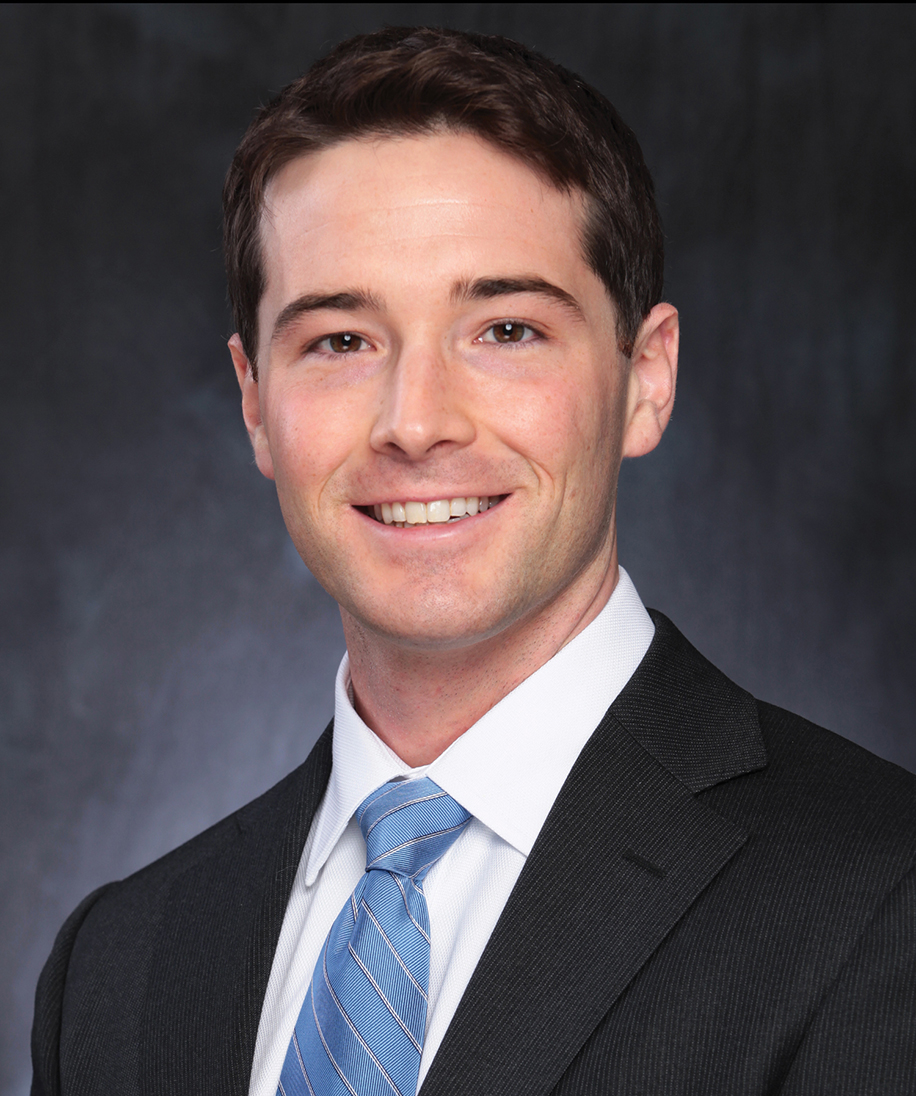Client Alert
Paul Hastings Secures Win in First DNJ Zoom Hatch-Waxman Act Trial, Including Significant Ruling Rejecting Extension of Obviousness-Type Double Patenting Law
April 08, 2021
By Eric W. Dittmann,Isaac S. Ashkenazi,Max H. Yusem
and Katie A. Daniel
On April 7, the District of New Jersey unsealed its 63-page Opinion from the first Hatch-Waxman Act Zoom trial in the district (previously discussed here), which found the asserted claims of the patents-in-suit covering Plaintiffs’1 Invokana® and Invokamet® type 2 diabetes treatments to be valid and infringed. In doing so, the Court rejected Defendant Zydus Pharmaceuticals’ obviousness defense as well as its attempt to extend the obviousness-type double patenting (“OTDP”) doctrine to invalidate a 1,079-day patent term adjustment (“PTA”) to one of the patents-in-suit, “the ’788 patent.” A public version of the Court’s Opinion can be accessed here.
Zydus’s Double Patenting Defense
At trial, Zydus argued that the ’788 patent is invalid for OTDP over a related, earlier-expiring patent (“the ’219 patent”) based on what it deemed a “bright-line rule” supposedly established by Gilead Sciences, Inc. v. Natco Pharma Ltd., 753 F.3d 1208 (Fed. Cir. 2014)—namely, that an earlier expiration date of a patent per se creates OTDP for a commonly owned, later-expiring patent. Op. at 59-60. The ’788 and ’219 patents are part of the same patent family, and were filed as continuing applications from the same priority application. Due to PTO delays during the ’788 patent prosecution, however, a PTA was granted pursuant to 35 U.S.C. § 154(b), which resulted in that patent having a later expiration date compared to the ’219 patent. Id. at 62.
At the outset, the Court recognized that the Federal Circuit has not yet “had occasion to consider the instant situation: whether a later-filed, later-issued patent that expires before the earlier-filed, earlier-issued patent due to a statutorily allowed term extension under § 154(b), can act as an obviousness-type double patenting reference.” Id. at 61. At the same time, however, the Court also determined that “the Federal Circuit has since limited the holding of [the] Gilead” decision relied upon by Zydus. Id. at 60 (citing Novartis AG v. Ezra Ventures LLC, 909 F.3d 1367 (Fed. Cir. 2018), and Novartis Pharms. Corp. v. Breckenridge Pharm. Inc., 909 F.3d 1355 (Fed. Cir. 2018)). In rejecting Zydus’s defense, the Court reasoned that, unlike in Gilead, “[t]his case does not raise the traditional concern” of extending “exclusive rights to an invention through claims in a later-filed patent,” and that “the granting of a PTA does not present the potential for gamesmanship.” Id. at 62. The Court therefore held that, because the ’788 patent’s PTA “was properly granted under section 154(b),” the earlier-expiring ’219 patent “cannot be used as a reference against the ’788 Patent for the purpose of” OTDP.2 Id. at 61-63. In doing so, the Court emphasized “the Federal Circuit’s observation [in Ezra] that ‘a judge made doctrine’ should not be used to ‘cut off a statutorily-authorized time extension.’” Id. at 63.
Zydus’s Obviousness Defense
Zydus also alleged at trial that the asserted claims of the ’788 patent covering canagliflozin, the active chemical compound in Plaintiffs’ Invokana® and Invokamet® products, would have been obvious over a prior art compound known today as “dapagliflozin.” Specifically, Zydus argued that a person of ordinary skill in the art (“POSA”) would have been motivated to develop a “me too” version of dapagliflozin. Id. at 20. Following Federal Circuit precedent for evaluating obviousness challenges of chemical compound claims, the Court held that Zydus failed to prove, inter alia, that a POSA would have selected dapagliflozin for further development or been motivated to modify that compound to arrive at canagliflozin with a reasonable expectation of success. See generally id. at 20-42.
Zydus’s medicinal chemistry expert, Dr. Thomas Bannister, had testified that a POSA would have selected a lead compound for further development based on what he called “the Goldilocks principle,” where SGLT inhibitors were allegedly “just right” (as opposed to “too hot” or “too cold”) for development. Id. at 23, 26-27. After Dr. Bannister was cross-examined, however, the Court found his “testimony [to] lack[] credibility” because he “fail[ed] to consider other [known] compounds that were, in the 2002 to 2003 time-period, ‘just right’ for further development,” including FDA-approved therapies and other compounds showing promising efficacy in humans, and “failed to explain any reason why a POSA would solely focus on SGLT inhibitors.” Id. at 27-28.
The Court also ruled that Zydus failed to establish that a POSA would have been motivated to “design around” dapagliflozin to arrive at canagliflozin by employing “bioisosterism” principles in attempting to develop a “me too” drug. Id. at 37-38. Among many other inconsistencies in Dr. Bannister’s analysis that were exposed during trial, the Court rejected his “design around” motivation as “far too limited” and “improperly rel[ying] on hindsight” based on his admission that the problem facing a POSA would have been “seeking to develop an improved antidiabetic agent.” Id.
Key Takeaways
The Court’s decision following the first-ever Zoom Hatch-Waxman Act trial in the District of New Jersey not only clarifies precedent with respect to the viability of an OTDP challenge based solely on a PTA, but also provides helpful tools for innovator companies to use against generic drug manufacturers who attempt to rely on improper, hindsight-based obviousness arguments premised on narrowly focused interpretations of the prior art.
1 Plaintiffs are Mitsubishi Tanabe Pharma Corp., Janssen Pharmaceuticals, Inc., Janssen Pharmaceutica NV, Janssen Research and Development, LLC, and Cilag GmbH International.
2 In light of this determination, the Court did not need to address whether the ’788 patent was protected from Zydus’s OTDP challenge under the 35 U.S.C. § 121 safe harbor. Id. at 63.
Contributors



Practice Areas
For More Information

